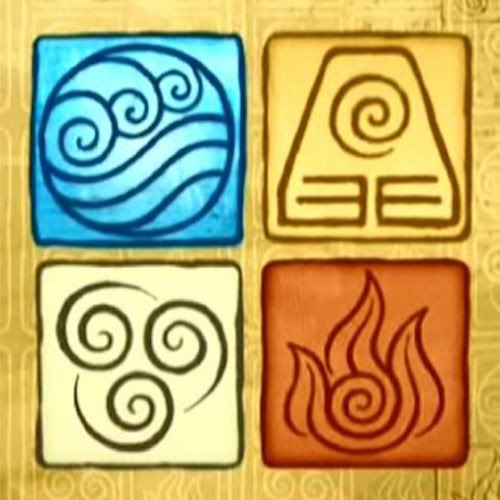- 1 -
Elemental
High Energy Physics (also known as "particle physics") is the study of matter and interactions on the smallest scales. We seek to find that which is truly fundamental, which cannot be deconstructed into smaller parts or described in simpler terms. The ultimate goal is therefore none other than to find and understand the purest nature of reality.
People have long sought to classify the universe in terms of components. From ancient times there were the "classical elements", sometimes referred to simply as the "elements", namely the loose concepts of "air", "water", "earth" and "fire", which were much later generalized in scientific terms as "gas", "liquid", "solid" and "energy". Perhaps the most significant idea put forward by early thinkers was that of the "atom", which is a Greek word that literally means "indivisible". Before this idea, it was thought that the pieces of the world around us could be continuously cut and subdivided into ever smaller pieces. The proposal of the atom was that there was some ultimate building block level that could not be divided further, with pieces that could somehow be combined differently to give the different substances we see on our own scale.
As the scientific method developed and careful experiments were done on the materials found in nature, a number of substances were found that could not be further refined into component substances, each therefore being seemingly pure and unique. In terms of the atomic idea, it was considered that each of these pure substances had its own unique atom on some smallest scale. Such substances came to be known as the "chemical elements", or simply the "elements", so replacing the ancient use of the word.
Studies eventually revealed many tens of elements, and while they were all apparently unrelated, they could nonetheless be grouped in terms of similar properties. A formal categorization led to the creation of the "periodic table" in the mid-19th century, which remains a true masterpiece of the scientific method. However, in an ironic twist to the story, the fact that the elements could be periodically arranged in terms of property suggested that they were not truly fundamental, but that they actually had ingredients, and that any similarities were due to similarities in their ingredients. In other words, the atoms of the elements seemed not to be "atomic" in terms of the original meaning of the word. There was a deeper level to be found.

